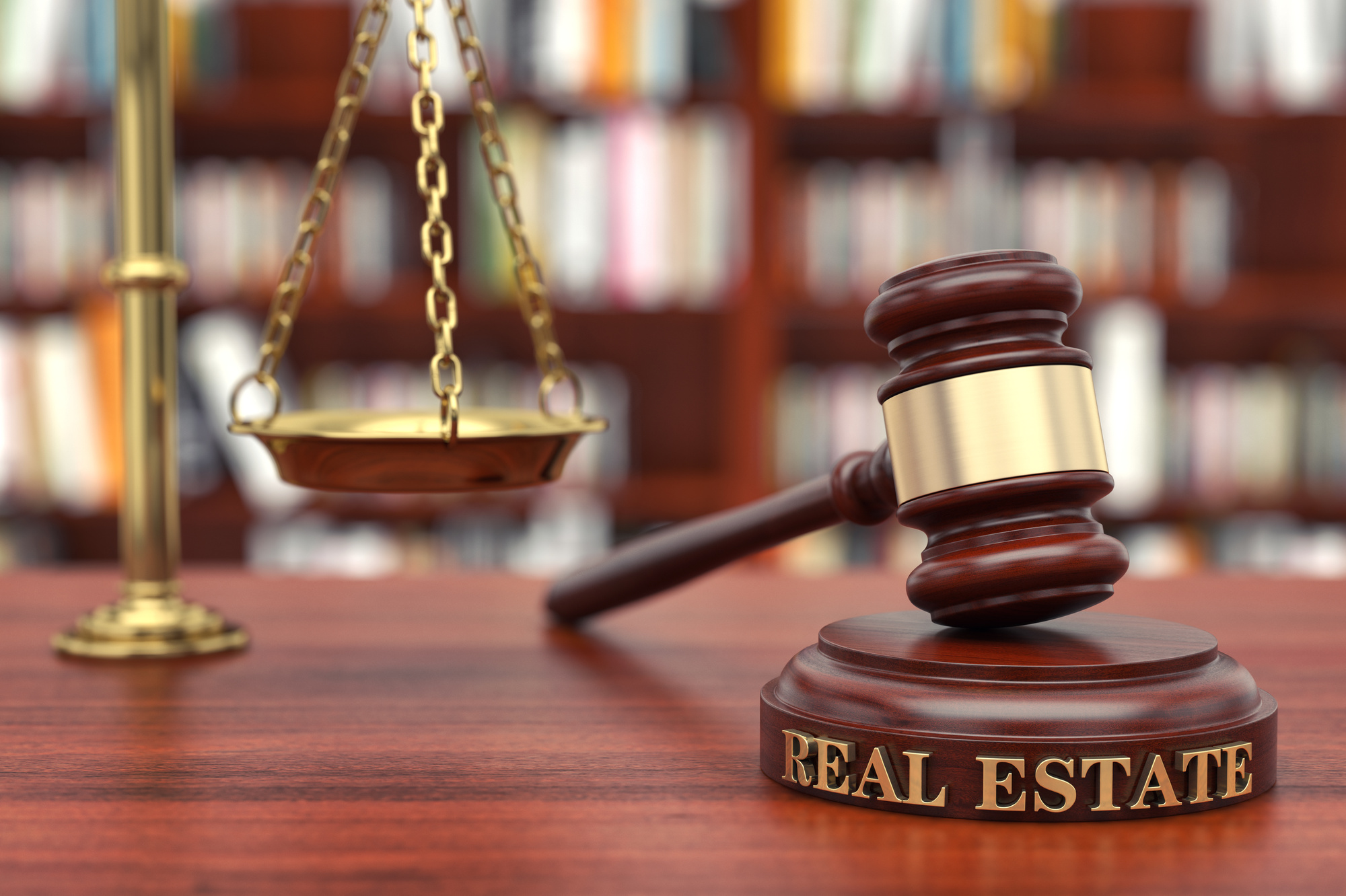Designing a horse barn isn’t just about aesthetics; it plays a crucial role in the horses’ safety, health, and well-being. A well-thought-out design can prevent accidents, reduce stress, and promote better overall horse health. This is why many horse barn builders emphasize the importance of planning and design. The layout can significantly affect daily operations within the barn.
Good design ensures easy access to stalls, feed rooms, and tack rooms, minimizing the risks common in poorly designed structures. According to the article on the importance of proper horse barn ventilation, proper airflow is vital to maintaining healthy respiratory systems for both horses and their handlers. Good ventilation helps remove ammonia fumes and controls moisture levels, reducing the likelihood of mold and mildew.
Essential Features of a Functional Horse Barn
Stall Size and Layout
One of the most critical features of a horse barn is the stall. Each stall should be spacious enough for the horse to move freely, lie down, and stand comfortably. A typical stall measures around 12×12 feet; however, larger breeds may require more space. Ensuring the stalls are well-ventilated and lit can drastically improve the horses’ well-being. Proper drainage in the stalls also helps maintain hygiene.
Ventilation, Lighting, and Temperature Control
Proper ventilation helps to control humidity and remove harmful ammonia gases from urine. Ensure that your barn has ample windows and vents. Adequate lighting can enhance the working environment and improve the horses’ safety and comfort.
Natural light is preferable, but supplemental lighting can ensure the barn is usable in all conditions. Temperature control is also vital; heating and cooling systems might be necessary depending on your climate.
Accessibility and Movement
Barn design should consider ease of movement for both horses and handlers. Wide aisles, well-placed doors, and non-slip flooring are essential. A good layout reduces stress and improves overall efficiency according to crucial features for barn planning. Having well-defined spaces for grooming, tack rooms, and feed storage can streamline daily tasks and minimize clutter.
Selecting the Right Materials for Your Barn
Choosing suitable materials can significantly impact the durability and safety of your barn. For walls, consider materials that can withstand kicking and are easy to clean, such as treated wood or metal. The flooring should be non-slip and durable to handle heavy use.
Rubber mats or compacted gravel are excellent choices as they provide good traction and are easy to clean. Opting for eco-friendly choices, such as reclaimed wood and sustainable construction materials, can benefit you and the environment. These materials can lower your environmental impact and provide a distinctive visual appeal. Insulated materials can help maintain temperature within the barn, making it more comfortable for horses year-round.
Steps to Plan and Build a Horse Barn
Initial Planning and Site Selection
Begin by choosing the appropriate location for your barn. A well-drained area with easy access to utilities and roads is ideal. When positioning the building, consider the direction of prevailing winds and sunlight. Evaluating the soil quality and ensuring the site is level can also save you headaches.
Blueprint Creation and Layout Planning
After selecting the site, the next step is creating a detailed blueprint. This plan should include the layout of stalls, storage areas, and utilities. Consulting with experienced barn builders can provide invaluable insights. When planning the space, it’s essential to consider both form and function, ensuring each area has a purpose.
Permits and Construction Regulations
Make sure to acquire all required permits before beginning the construction process. Different regions have varied building codes and regulations, which must be adhered to. Checking with local authorities can help you understand the specific requirements and avoid potential fines or legal issues.
Timeline and Project Management
Develop a clear timeline that outlines each phase of construction. Effective project management will ensure the project stays on schedule and within budget. Regular check-ins with your builders and suppliers can help rectify any discrepancies early.
Cost Considerations When Building a Horse Barn
Building a horse barn can be a significant investment. Expenses can fluctuate significantly based on the materials utilized, the barn’s dimensions, and the labor cost. Ensure you get detailed quotes from multiple suppliers and contractors to understand potential expenses comprehensively. It’s wise to include a contingency budget for unexpected costs.
It’s important to consider financing options as well. Some builders offer financing plans that can make budgeting easier. Additionally, look for cost-saving measures like bulk purchasing materials or choosing prefabricated options. Sometimes, opting for seasonal discounts or promotions can also help reduce overall expenses.
Maintaining Your Horse Barn for Longevity
Regular Cleaning Schedules
Frequent maintenance is crucial to ensure a safe and healthy atmosphere. This includes daily manure removal, frequent stall bedding changes, and surface disinfection. Using natural or mild cleaning agents can be beneficial to avoid exposing horses to harsh chemicals.
Seasonal Maintenance Tips
Prepare your barn for different seasons by winterizing water lines and ensuring proper insulation. In warmer months, ensure adequate ventilation to prevent overheating and humidity buildup.
Common Repairs
Being proactive about repairs can save significant costs in the long run. Common issues like loose boards, faulty lighting, or inadequate drainage should be addressed immediately to avoid more significant problems. Routine inspections can assist in detecting these problems at an early stage.
Environmental Considerations and Sustainability
Sustainable building practices can significantly reduce your barn’s environmental impact. Consider integrating solar panels to reduce energy costs and using rainwater harvesting systems to manage water resources effectively. Implementing energy-efficient lighting and insulation can also help achieve long-term savings.
Efficient waste management is another critical aspect. Composting manure and recycling materials can contribute to a more sustainable operation. Creating a designated area for composting can help manage waste and produce rich soil for gardening or pasture maintenance.
Pros and Cons of Prefabricated Horse Barns
Prefabricated horse barns have become increasingly popular due to their convenience and often lower cost. These barns are constructed off-site and then assembled on your property. One of the main advantages is the shorter construction time, often resulting in quicker occupancy.
However, prefabricated barns may come with limitations in customization and material choices. Carefully consider the advantages and disadvantages to see if this choice matches your requirements and financial situation. While they may offer less flexibility, such structures’ uniformity and tested durability can be appealing.







